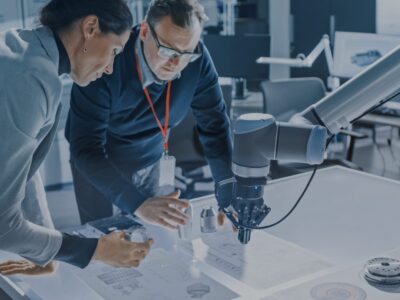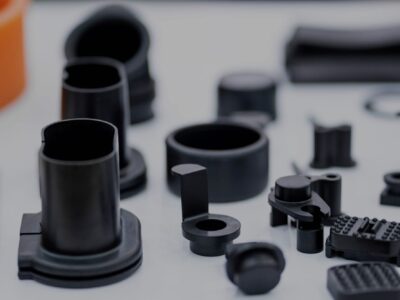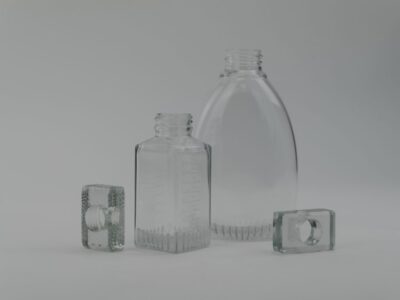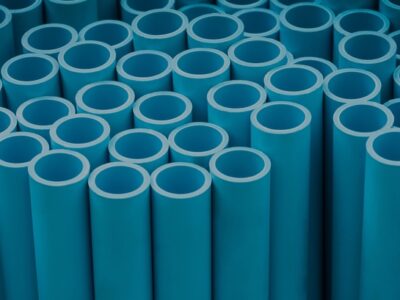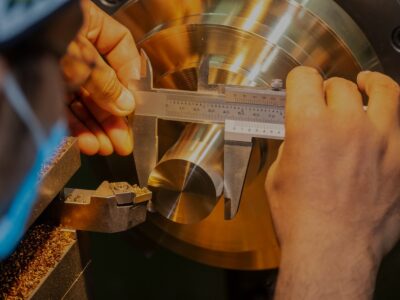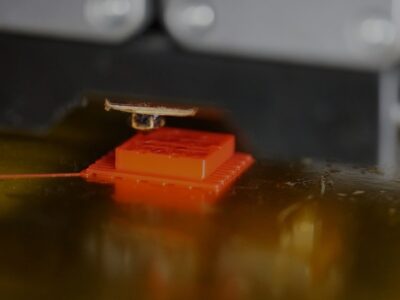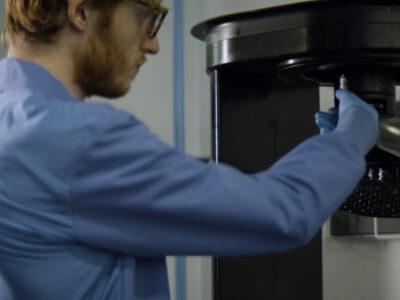Originally published on fastradius.com on April 27, 2020
While it may seem like common sense, it’s important that parts are designed in a way that streamlines production. This principle — known as Design for Manufacturability or Design for Manufacturing (DFM) — not only helps to reduce the overall cost of production, but the time and energy required to make the parts, as well.
There are a range of opportunities within the design phase to optimize efficiency downstream. That’s why DFM is often discussed in tandem with the concept of Design for Assembly (DFA). DFA is the practice of designing parts in such a way that they are easy to assemble.
This piece will touch on how modular design and finite element analysis (FEA) can help optimize the design process and boost overall ROI by saving costs, energy, and time.
Design for Manufacturing and Assembly to Increase Efficiency
A key strategy for optimizing efficiency and cost savings in the manufacturing process is limiting the number of part components from the get-go. Doing so creates a ripple effect on the rest of the production pipeline, resulting in the need for less inventory and ultimately streamlining operations.
Considering the advantages of using additive manufacturing methods can help reduce overall part count. This is because additive manufacturing often enables engineers to combine numerous parts — generally made one-by-one via traditional manufacturing methods — into a single part.
Additionally, assessing the range of materials required for various components may aid in increasing efficiency. Certain components demand materials of specific physical or chemical properties to prepare the part for its end-use. However, if possible, cutting down on the number of unique materials goes a long way toward reducing manufacturing costs and production times.
Modular design is another way to reduce production costs. By using a similar set of sub-assembly components within a given design, engineers can reduce the time needed for multiple design iterations.
Prioritizing modular design also allows for the creation of multi-use sub-assembly components that can be used across different part orders, removing the potentially expensive and time-consuming need to design new components for each new production run. By identifying the sub-assembly components that do not require customization between parts, redundancies can be avoided.
Double Check Your Work With Finite Element Analysis Software
After streamlining the design and manufacturing processes through the preliminary measures outlined above, the next step is employing finite element analysis (FEA), which is a software-driven method of testing product designs before they go into production.
In the development and design phases, the ability to iterate and test parts quickly is crucial to optimizing the overall production process, and FEA is one of the fastest ways of troubleshooting potential issues before a part goes into physical prototyping. The software allows engineers and designers to predict how parts will respond when exposed to common real-world stressors — solely using design files.
These stressors include vibration, heat, mechanical stress, fatigue, fluid flow, and other forces. FEA is also a highly cost-effective option for mission critical components or high value assemblies, though it may come at a higher price tag for other kinds of parts.
While FEA is not a complete substitute for testing actual physical prototypes, it’s an excellent way to test for part failure, as it determines, with precision, how individual regions of the part are likely to respond when put under stress, which can inform key engineering and design decisions.
FEA software performs complex mathematical calculations far faster than engineers can do by hand, meaning that, should a part need to be redesigned, new models can be tested virtually in a matter of hours or days, rather than the weeks or months that might be needed to test a physical prototype. In many cases, FEA software even allows designers to change the features within the design file to achieve certain desired properties.
Manufacturing On Demand: The SyBridge Difference
The ability to produce parts on demand is the final point consideration when looking to maximize ROI. The manufacturing-on-demand model is flexible, enabling rapid production and delivery in response to changes in demand. This ability mitigates excess supply and lost sales opportunities. Whether it’s for a massive production run of uniform parts or for a small run of parts with complex and varied geometries, it’s critical that engineers, designers, and manufacturers choose the right on-demand manufacturing partner.
SyBridge is a one-stop, on demand manufacturing partner. Our team of experts work closely with customers at every stage of the manufacturing cycle, from ideation and prototyping to manufacturing and fulfillment, ensuring that you receive superior quality parts quickly and at a good price to ensure you get the best return on investment.
Contact us today if you’re ready to get started on an order, or if you have any questions or concerns about the production process.
